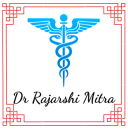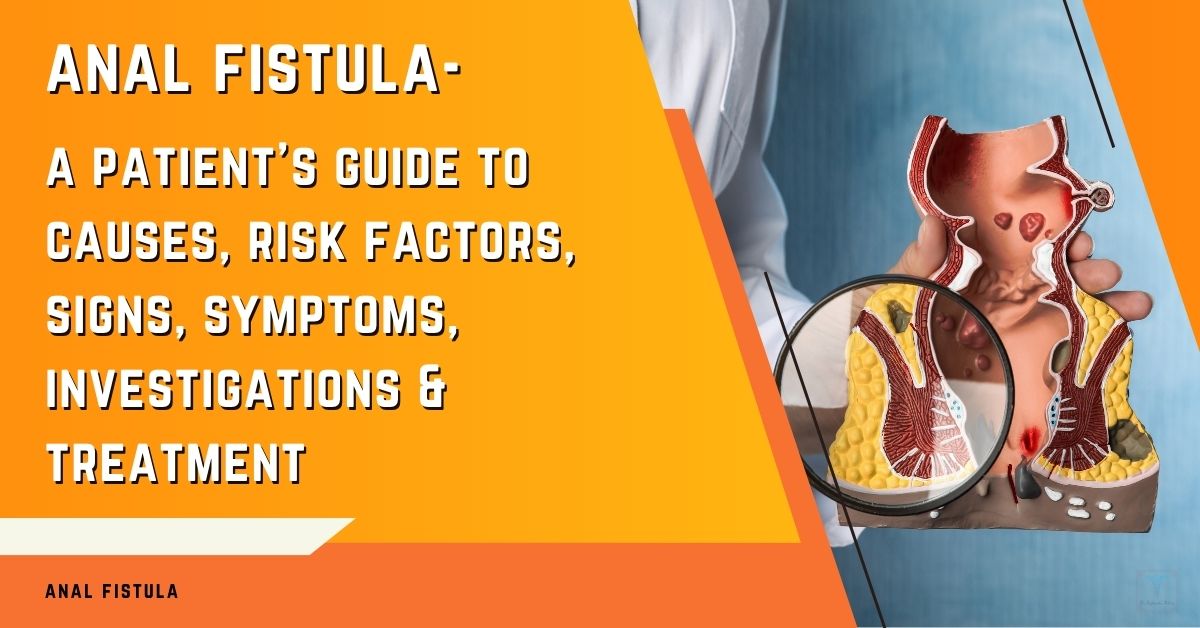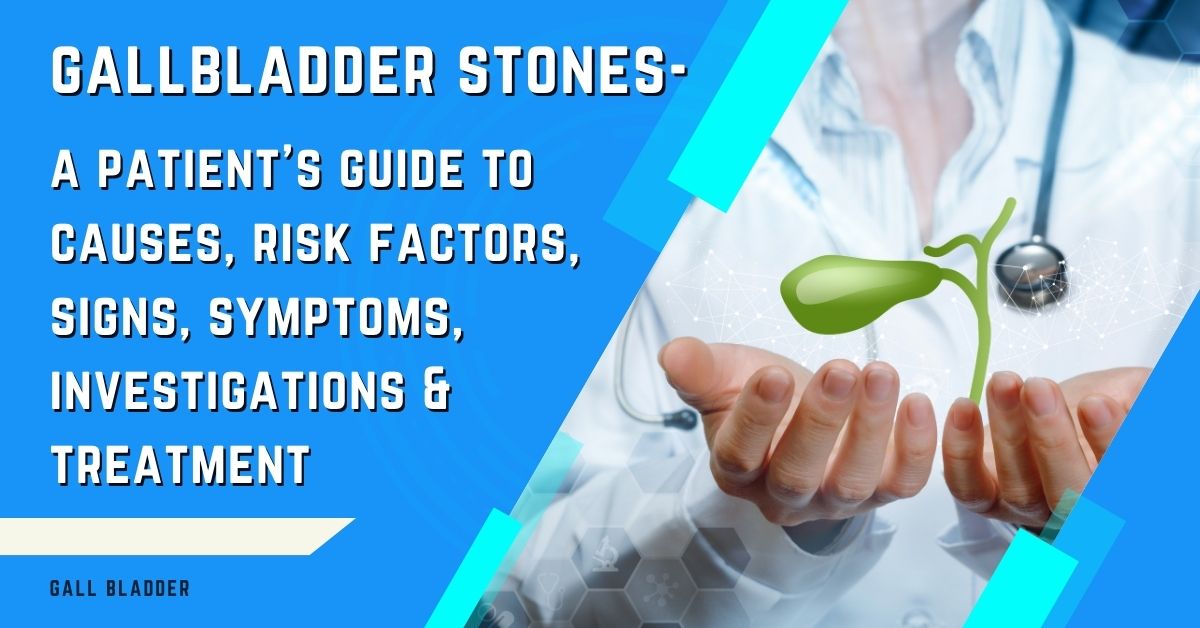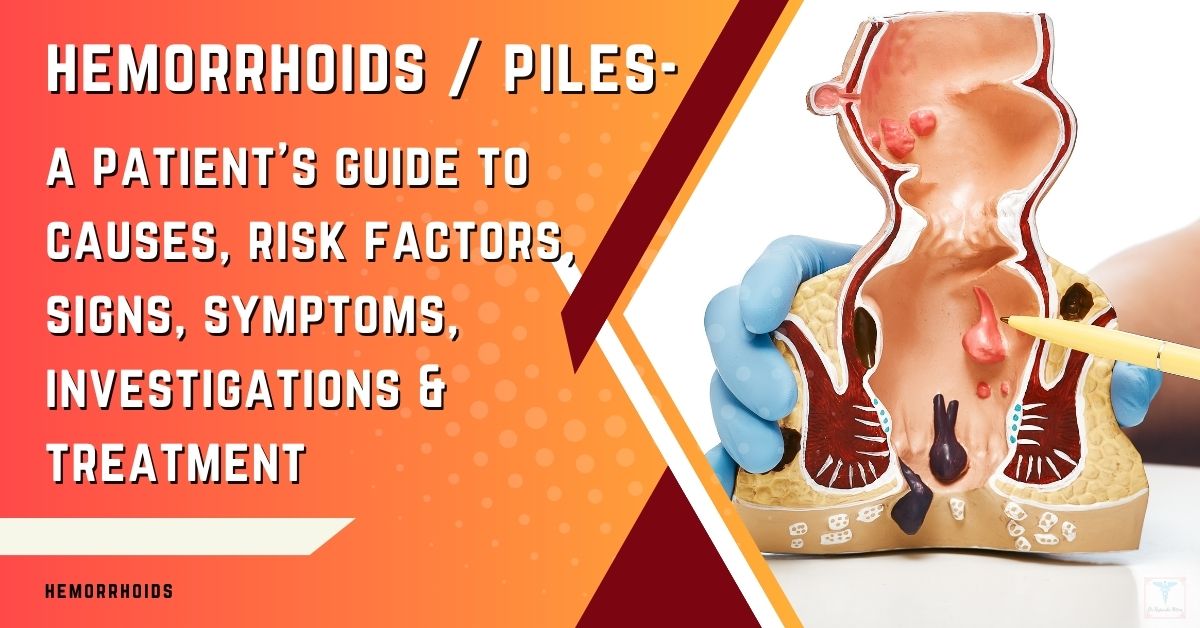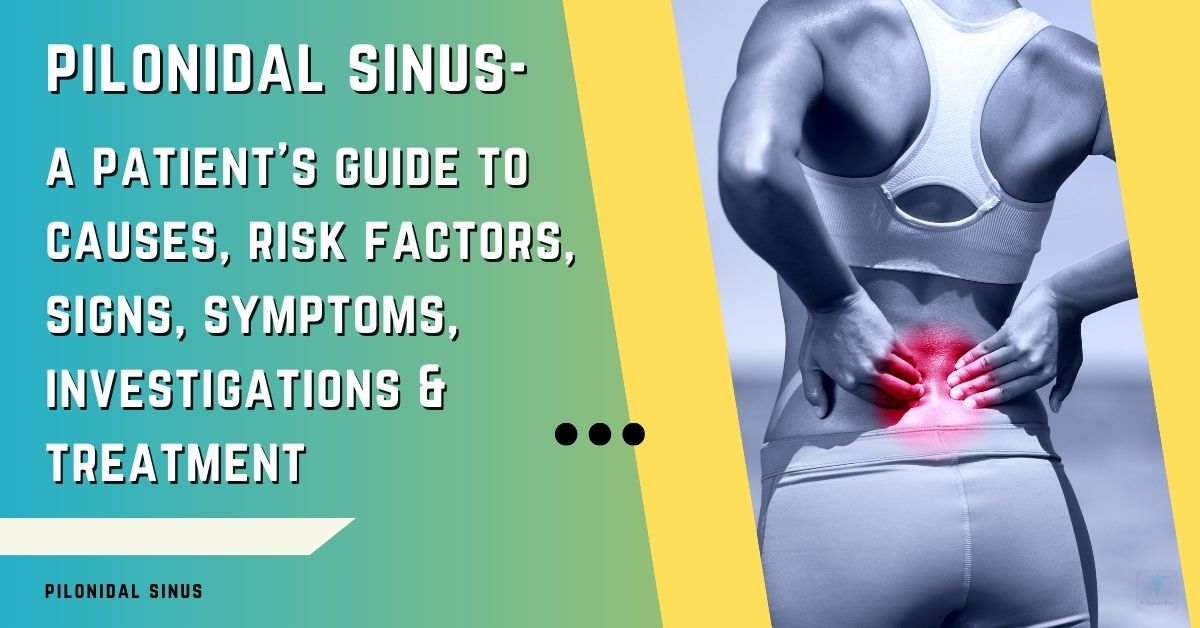This comprehensive guide is designed to help you understand gallbladder symptoms, their causes, and when to seek medical help.
Hello, I’m Dr. Rajarshi Mitra, a laparoscopic surgeon with over 20 years of experience. As a Fellow of the American College of Surgeons (FACS), I’ve seen firsthand how gallbladder problems can significantly affect one’s life.
The aim of this article is to help you identify gallbladder-related symptoms, understand what these symptoms mean, and make sure that you are aware of potential complications of an untreated gallbladder condition.
This guide also highlights the importance of seeking timely medical help.
What is the Gallbladder and What Does it Do?
Before delving into the symptoms, it’s important to understand the gallbladder’s function. This small organ plays an important role in the process of digestion.
The Gallbladder’s Role
The gallbladder is a small, pear-shaped organ located beneath your liver, on the right side of your abdomen. This vital organ stores bile, a digestive fluid produced by the liver, that helps in the digestion of fats and some vitamins. It doesn’t produce bile, rather acts as a storage tank.
When you eat, especially fatty foods, the gallbladder contracts and releases the stored bile into the small intestine through a duct called the common bile duct, where it helps in the digestion and absorption process. The gallbladder’s role is therefore crucial for the effective absorption of fats in the food we eat.
Why Gallbladder Problems Occur?
Gallbladder issues most commonly arise due to the formation of gallstones. These are hardened deposits of digestive fluid that can form in your gallbladder.
These stones can be as small as a grain of sand, or as large as a golf ball. Gallstones can block the flow of bile and can lead to inflammation and infection.
Other reasons for gallbladder problems include inflammation of the gallbladder (Cholecystitis), infection, and in rare cases tumors. These conditions can interfere with normal gallbladder function, leading to a variety of symptoms that we will discuss in detail.
Understanding the common causes of gallbladder problems can help you to understand your condition better and seek timely help.
Common Gallbladder Symptoms
Gallbladder issues can manifest in several ways. Recognizing these symptoms is essential for timely diagnosis and treatment. These symptoms can be mild to severe and can vary significantly from person to person, depending on the underlying cause and the severity of the condition.
Understanding Gallbladder Pain
Gallbladder pain is a common symptom of underlying gallbladder conditions, especially gallstones. The location, nature, and triggers of the pain can vary.
Location of Gallbladder Pain
The pain typically occurs in the upper right abdomen, just below the ribs. This is where the gallbladder is located, so discomfort in this region is a key indicator. This right upper quadrant (RUQ) pain is often the first sign that there is an issue with your gallbladder.
Nature of Gallbladder Pain
The pain associated with gallbladder problems can present in different forms. It may be sharp and intense, like a sudden stab, or it can be a dull, constant ache or a crampy discomfort. Many people describe it as a colicky pain that comes and goes. The pain can also radiate to the right shoulder or the back, making it sometimes difficult to pinpoint the exact cause.
Triggers of Gallbladder Pain
A classic trigger for gallbladder pain is eating a heavy or fatty meal. When the gallbladder contracts to release bile to digest the fat, it can cause discomfort and pain if there is an issue with its function. This is why many patients experience symptoms shortly after meals, especially those high in fat. This pain can be very distressing and if these episodes occur frequently, then it should be investigated further.
Other Digestive Symptoms
Apart from pain, there are other digestive symptoms that one may experience due to a gallbladder condition.
Nausea and Vomiting:
Many individuals experiencing gallbladder problems may feel nauseated or may vomit, particularly during a gallbladder attack.
Bloating and Indigestion:
The inability of the gallbladder to release bile effectively can lead to bloating, indigestion and discomfort after meals.
Changes in Stool Color (pale or clay-colored stools):
If bile flow is blocked due to a gallstone or inflammation, it can affect the stool color, causing it to appear pale or clay-colored.
Chronic Diarrhea or Constipation:
Some individuals may experience chronic diarrhea or constipation as a symptom of a long-term gallbladder condition.
Systemic Symptoms
In addition to localized abdominal pain and digestive symptoms, individuals may also experience systemic symptoms due to a severe underlying gallbladder condition
Fever and Chills (Especially if infection is present):
If the gallbladder is inflamed or infected (cholecystitis), it can result in fever and chills. This is a sign of a more serious condition that requires immediate medical attention.
Jaundice (Yellowing of the skin and eyes):
This is a symptom that occurs when bile is unable to flow out of the gallbladder and into the small intestine, resulting in a buildup of bilirubin in the blood. This causes a yellowish discoloration of the skin and eyes, which is a sign of a potentially serious condition and needs urgent medical attention.
Gallbladder Symptoms in Women
Women are more prone to developing gallstones than men, due to various factors, including hormonal changes and pregnancy. Therefore, it’s particularly important for women to be aware of the symptoms and seek timely medical attention, whenever necessary. Moreover, understanding gallbladder symptoms specific to women can help in early detection and prevention. These symptoms may include unexplained abdominal pain, nausea, and changes in digestion, which can sometimes be mistaken for other conditions. Regular check-ups and a focus on maintaining a healthy lifestyle can also significantly reduce the risk of gallstone formation.
Higher Risk Factors for Women
Several factors increase the risk of gallbladder problems in women.
Pregnancy:
Hormonal changes during pregnancy can affect gallbladder function and increase the risk of gallstones.
Hormone Replacement Therapy:
Using hormone replacement therapy has been linked to an increased risk of gallstone formation.
Oral Contraceptive Use:
The use of oral contraceptive pills can also increase the risk of gallstones.
Unique Symptom Manifestation in Women
Sometimes, women may experience gallbladder symptoms differently from men.
Women may experience more subtle symptoms, or interpret them as indigestion: They may tend to dismiss their symptoms as simple indigestion or gas, leading to a delay in diagnosis and treatment.
They may also have a higher likelihood of experiencing nausea and vomiting: Women may experience more pronounced nausea and vomiting compared to men. Therefore, any persistent nausea and vomiting associated with abdominal pain should be investigated.
What are the First Signs of a Bad Gallbladder?

Recognizing the early warning signs of a bad gallbladder is crucial to prevent more severe complications. Many people don’t recognize or tend to ignore early signs, which then could lead to more serious health issues.
Subtle Early Warning Signs
These are often mild, intermittent and easily missed.
Recurring discomfort in the upper right abdomen after meals:
The discomfort may be mild and come and go, but if it keeps recurring after meals, it should be investigated further.
Frequent episodes of indigestion or bloating:
Increased frequency of indigestion and bloating may be a sign of reduced gallbladder function and you should pay attention to these symptoms
Unexplained mild nausea:
Some people may experience unexplained mild nausea, especially after meals.
When to Seek Immediate Medical Attention
It is essential to know when symptoms indicate a serious issue that requires prompt medical care.
Sudden and severe abdominal pain:
Any sudden onset of severe abdominal pain, especially in the right upper quadrant, needs urgent medical attention. This may indicate a gallbladder attack
High fever or chills:
If severe abdominal pain is associated with high fever or chills, it may indicate infection of the gallbladder, which needs immediate medical care.
Yellowing of the skin or eyes (jaundice):
Jaundice is a severe symptom and needs immediate medical attention as it suggests a serious blockage in the bile duct.
Gallbladder Attack Symptoms: Recognizing an Emergency
A gallbladder attack is a sudden and severe episode of pain that needs immediate medical evaluation. Knowing how to recognize the signs is important for your well-being.
Characteristics of a Gallbladder Attack
A gallbladder attack can be very painful and distressing
Intense, sharp pain in the upper right abdomen:
The pain is usually severe and is located in the upper right part of the abdomen.
Pain that can radiate to the right shoulder or back:
Pain often radiates to the right shoulder or back, which can cause confusion.
Pain can last from minutes to several hours:
The pain can last for several minutes or for several hours and usually won’t go away by itself.
Nausea and vomiting are common:
These can be prominent symptoms during an attack and can make the person very unwell.
A gallbladder attack often occurs after a fatty meal:
A classic trigger of gallbladder pain is a fatty meal and a gallbladder attack often follows a fatty meal.
What To Do During an Attack?
When you have a gallbladder attack, it is essential to seek immediate help.
Seek immediate medical attention.
Do not self-medicate: Do not self-diagnose and try to treat it with home remedies, rather seek professional help immediately.
Avoid eating or drinking anything until medically assessed:
Refrain from taking anything by mouth, until you see your doctor for evaluation.
Bad Gallbladder Symptoms and Potential Complications
Leaving gallbladder problems untreated can lead to serious complications. It is essential to recognize that these are not problems that are going to go away by itself, and may get worse with time.
Progression of Symptoms
Ignoring early gallbladder symptoms may result in serious complications
Chronic inflammation of the gallbladder (cholecystitis):
Chronic inflammation can lead to long-term pain, discomfort and other complications.
Infection of the gallbladder:
If an inflamed gallbladder gets infected, it may result in serious life-threatening conditions.
Blockage of bile ducts leading to jaundice and other liver issues:
Blocked bile ducts may lead to jaundice, liver damage and other serious problems.
Pancreatitis (Inflammation of the pancreas due to bile duct blockage):
If the bile duct becomes blocked, it can cause the inflammation of the pancreas, which can be life-threatening in some circumstances.
Diagnosis and Treatment Options

As a laparoscopic surgeon, I emphasize the importance of accurate diagnosis and timely treatment of gallbladder issues. My aim is to help my patients achieve complete relief from symptoms and improve their quality of life.
Diagnostic Tools
Accurate diagnosis is key to effective management.
Physical Examination and Medical History:
This is the first step in your evaluation, and your doctor will obtain a detailed history of your symptoms, as well as conduct a thorough physical examination.
Ultrasound of the Abdomen:
Ultrasound is a quick and easy test, which can detect gallstones and signs of inflammation of the gallbladder.
CT Scan or MRI:
A CT Scan or MRI may be ordered in certain circumstances, especially if there are complications or if ultrasound is not conclusive.
Blood Tests to check for any infection, jaundice, or pancreatitis:
Blood tests are usually done to check for infection, signs of jaundice, liver damage, or pancreatitis.
Treatment Options
Treatment options are tailored to the individual condition.
Lifestyle modifications, diet changes, and pain relief medications:
Initially conservative measures like diet modifications, pain relief and medications are often the first line of management.
Surgical Removal of the Gallbladder (Cholecystectomy)
is the most effective and definitive treatment for symptomatic gallstones: For persistent symptoms, surgical removal of the gallbladder, known as cholecystectomy, is usually recommended.
Laparoscopic cholecystectomy
is usually the preferred surgical approach: Laparoscopic surgery is a minimally invasive technique and is the most preferred method for gallbladder surgery as it offers quick recovery and less pain.
When to See a Doctor
Do not delay if you experience any of these symptoms. Seek immediate medical attention and professional guidance.
Importance of Seeking Timely Medical Help
Early diagnosis and intervention are vital for preventing potential complications.
Early diagnosis can help in managing symptoms and preventing complications: Early diagnosis of gallbladder problems allows for appropriate treatment and helps to avoid complications.
Seeking timely medical help can save your life: In certain situations, a delayed diagnosis may be life-threatening, hence seeking medical attention can be a life-saving measure.
Consult With a Specialist
Always seek professional medical advice and do not self-medicate.
Consult with a general surgeon experienced in gallbladder problems: A general surgeon who is experienced in gallbladder surgery should be consulted for the best possible treatment and advice.
Do not rely on Dr. Google: Do not depend on Dr. Google for medical advice, rather seek professional advice from a medical professional.
Contact Details and Practice Information
If you are experiencing symptoms of gallbladder issues, you can book an appointment with Dr. Mitra for expert consultation and care, using the following contact information:
Website: https://drrajarshimitra.com/appointment/
Phone: +971-509542791
Email: surgeon@drrajarshimitra.com
Address: https://openmylink.in/CAubp
NMC Specialty Hospital, Department of Surgery, Zayed The First St – Zone 1 – Abu Dhabi – United Arab Emirates.
Gallbladder symptoms can be disruptive and painful. Understanding these symptoms and taking timely action is crucial to your health. If you have any of these symptoms, please consult your doctor for a proper diagnosis and to discuss treatment options.
As a laparoscopic surgeon in Abu Dhabi, I’m committed to helping my patients find relief and improve their quality of life. Remember, early diagnosis and treatment can prevent complications and restore your well-being.
If you think you have a gallbladder problem, seek professional medical help without any delay.
By Dr. Rajarshi Mitra, Specialist Laparoscopic Surgeon, Abu Dhabi, UAE
Disclaimer: This article is intended for informational purposes only and should not be considered medical advice. Always consult with a qualified healthcare professional for diagnosis and treatment.
